In the circuit below, I get a quiescent current (entering positive supply and leaving negative supply of the op amp) of about 497 µA, while the load current is only 5 µA. I am aware that this purported quiescent current has no real-world significance, but my issue is that it is a nuisance when simulating low-power circuits.
It was the same for all levels of the UniversalOpamp in this circuit, with the exception of levels 1 and 4, which displayed no supply current at all (not modeled).
In other circuits, the quiescent current turned out to have different values.
Does this follow any logic ? I had guessed that the UniversalOpamp2 would have no quiescent current, but it seems like it takes a random amount which I cannot really control. So is there a way to either prevent the quiescent current or - even better - set it to a specific value ?





